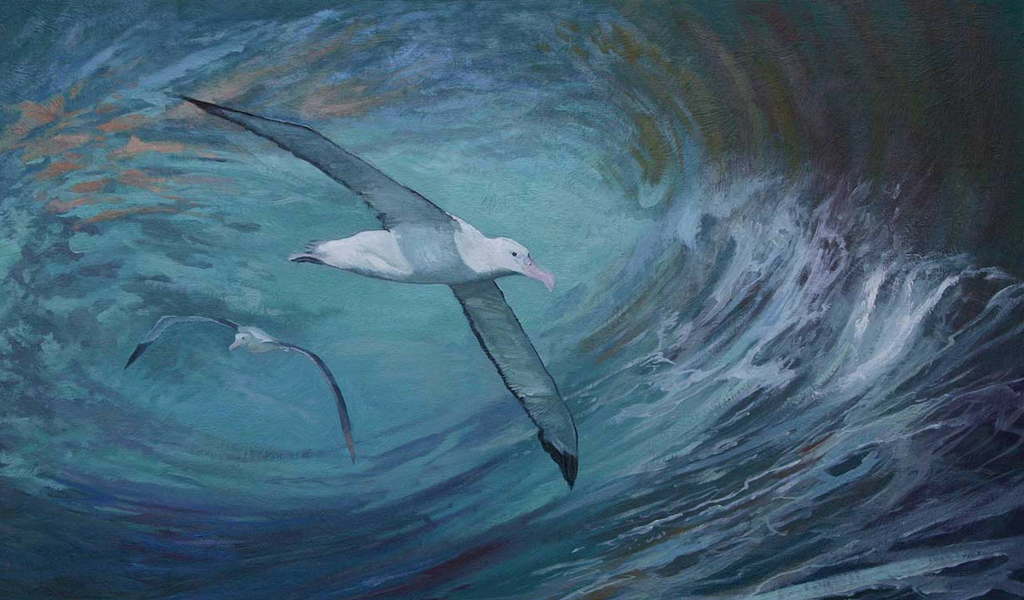Letter from Magellan, Explorer - A Villanelle | Poetic Forms Experiment #1

As I promised in my pledge at the start of the Poetic Form Experiment, I will write one original poem for each of the 12 poetic forms explored in the book The Making of a Poem – A Norton Anthology of Poetic Forms by Mark Strand and Eavan Boland.
First, a short description of the poetic form, then the poem itself, and then my impressions from the process of writing it. At the end I provide links to examples from famous poets.
The villanelle
The villanelle started as a pastoral type of poem in 17th century France, but was made famous mostly by English poets of the 19th century, who also changed its structure to what it is today. The rules of the poem are as follows:
- 19 lines
- 5 stanzas
- 1st line of 1st stanza is repeated as the last line of the 2nd and 4th stanzas (Refrain 1)
- 3rd line of the first stanza is repeated as the last line of the 3rd and 5th stanzas (Refrain 2)
- Refrain 1 and Refrain 2 follow each other to become the penultimate and the last lines of the poem
- The rhyme scheme is aba. The rhymes are repeated according to the refrains
Over the course of this century some of the finest poets have turned to the villanele. And this is an age when artifice in poetry has been distrusted. What does the villanelle do that other poems cannot? Perhaps the single feature of the villanelle that twentieth-century poets most made their own is the absence of narrative possibility. Figural development is possible in a villanelle. But the form refuses to tell a story. It circles around and around, refusing to go forward in any kind of linear development, and so suggesting at the deepest level, powerful recurrences of mood and emotion and memory.
(M.Strand & E.Boland, The Making of a Poem)
Now that we have an idea of what the villanelle is, here is my production:
Letter from Magellan, Explorer
Dear boy, you shall not kill the albatross;
Tattoo of boar will show the way when drowning;
On full moon night, a strait you never cross.
Don’t pass the salt, don’t spill a sailor’s sauce;
Eggshells you crush or else a witch is coming;
Dear boy, you shall not kill the albatross.
Trading in ports, don’t ever touch oakmoss;
Before again to sea, spill blood in brawling;
On full moon night, a strait you never cross.
Don’t curse the God of Storms, nor our Lord’s cross;
Hair, beard or nails will bear no trimming;
Dear boy, you shall not kill the albatross.
Don’t whistle into winds with hands across,
The cloudless sky is treacherous when blowing;
Dear boy, you shall not kill the albatross;
On full moon night, a strait you never cross.
(© C.S.Begu. All Rights Reserved)
How I wrote the villanelle
I wrote the poem in the course of about three hours, after already having a vague idea that I wanted to explore the superstitions of sailors. I Googled this subject and found lists and lists of things to do and not to do if you want to ensure safe travels at sea. Some of them I thought lent themselves more than others to poetry–not killing an albatross was one of the most powerful, image-wise. I also made up some superstitions. Can you guess which ones?
As far as tackling the structure, for a while I didn't know where to start. I had limitations both from the poem's structure and from the very specific theme I chose. I also put in another requirement, which is that each line had to be 10 syllables (some have 9, some 10, some 11 – I gave myself a break).
First I wrote an anchor line "You shall not kill the albatross". I knew this has to be in the first line, so Refrain 1. Now I was stuck with the rhyme – Good luck finding many options for this one, but I just had to keep this. I then wrote Refrain 2 "On full moon night, a strait you never cross". Now I had my anchors. I then chose more superstitions that inspired me, I modified some of them, invented others and slowly the poem built up to the 19 lines.
I hope you enjoyed my first ever villenelle and my first episode of the Poetic Form Experiment. Below are three examples of villanelles that I love:
- Do Not Go Gentle Into That Good Night by Dylan Thomas (referenced in the movie Interstellar)
- One Art by Elizabeth Bishop
- Mad Girl's Love Song by Sylvia Plath
For episode #2 of my experiment I will write a sestina. From the looks of it, it's way more complicated than the villanele ( an example). Oh, boy, what have I gotten myself into?

Congratulations. This poem has been featured in this week's Muxxybot Poetry Curation post.https://steemit.com/poetry/@muxxybot/muxxybot-poetry-curation-3
You made up never to cross the strait under a full moon? I didn't look at Google so I have no idea :) Wonderful poem and really fun (and ambitious!) undertaking! I particularly enjoyed reading about your process, I always love it when artists share their process but you see it more often with the visual arts - really fun to hear a poet talk about his process. Wonderful stuff! Followed :)
@carlgnash -- Well spotted, indeed, I made that up. I'm glad you appreciate my sharing the process. I'm more of a poet-apprentice than a poet. And you know what's weird, if someone asked me, I couldn't recite my own poems.
This post was resteemed by @steemitrobot!
Good Luck!
The @steemitrobot users are a small but growing community.
Check out the other resteemed posts in steemitrobot's feed.
Some of them are truly great. Please upvote this comment for helping me grow.
If chosen it will feature in a curation post by @MuxxyBot. An image from your post may be featured.
Please reply to this comment if you accept or decline.
I accept. Thanks.